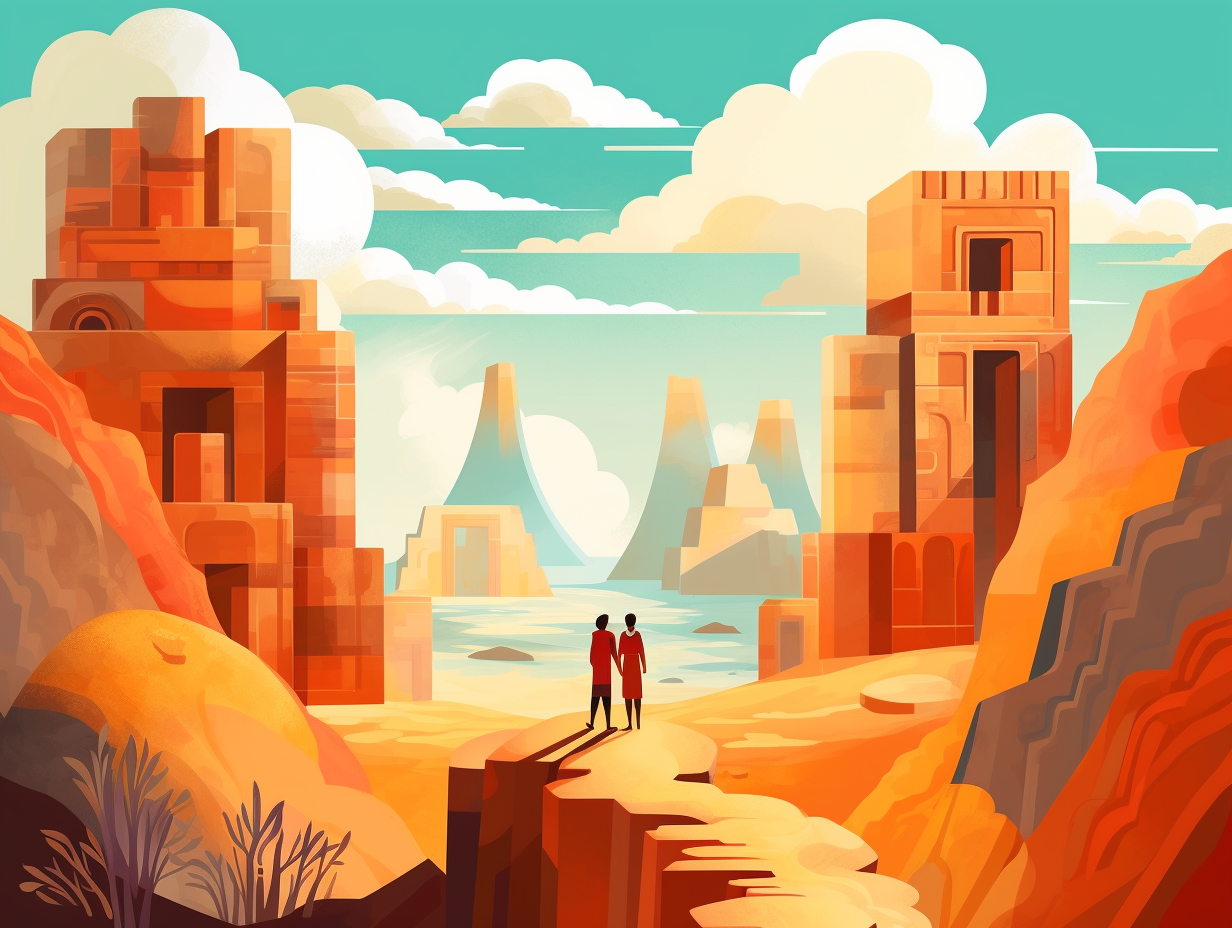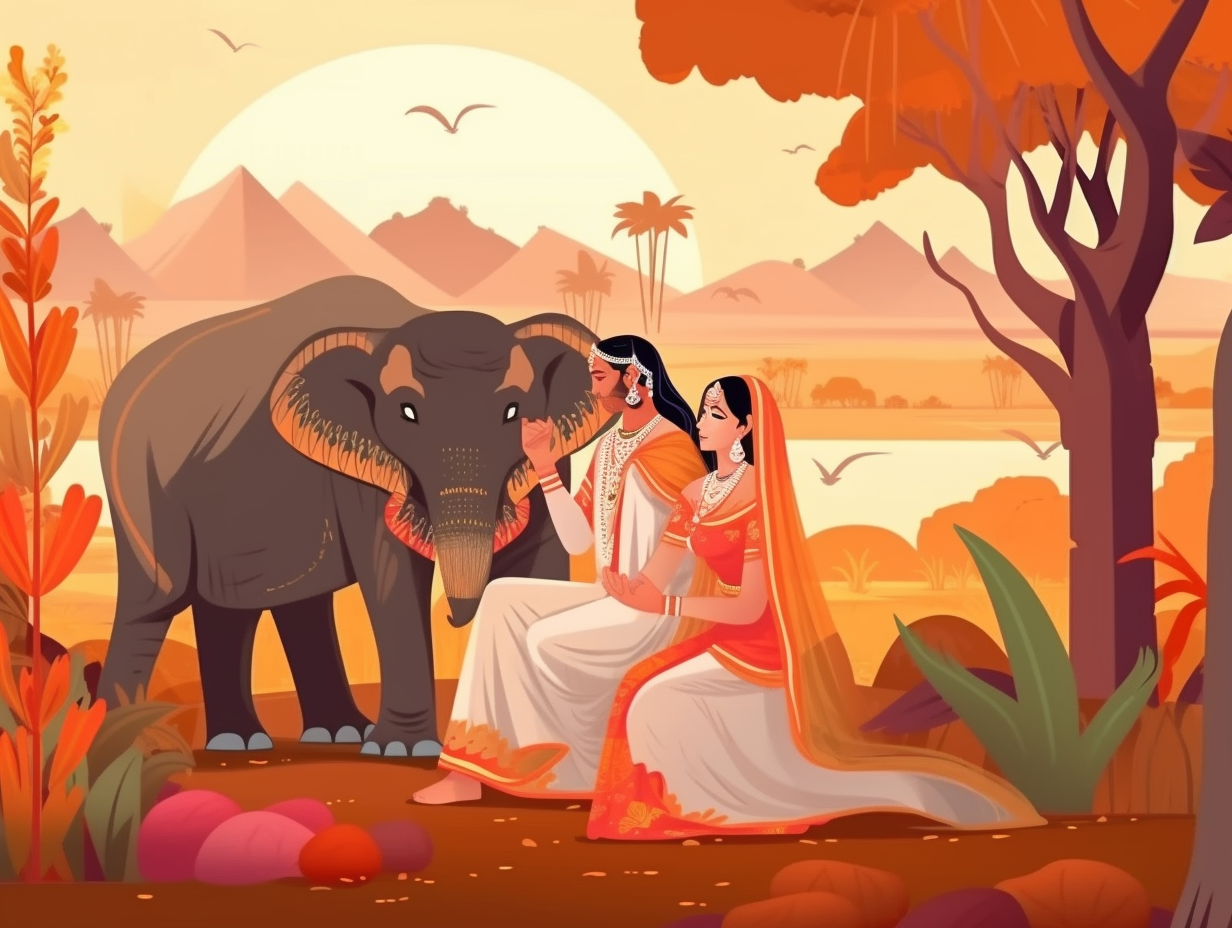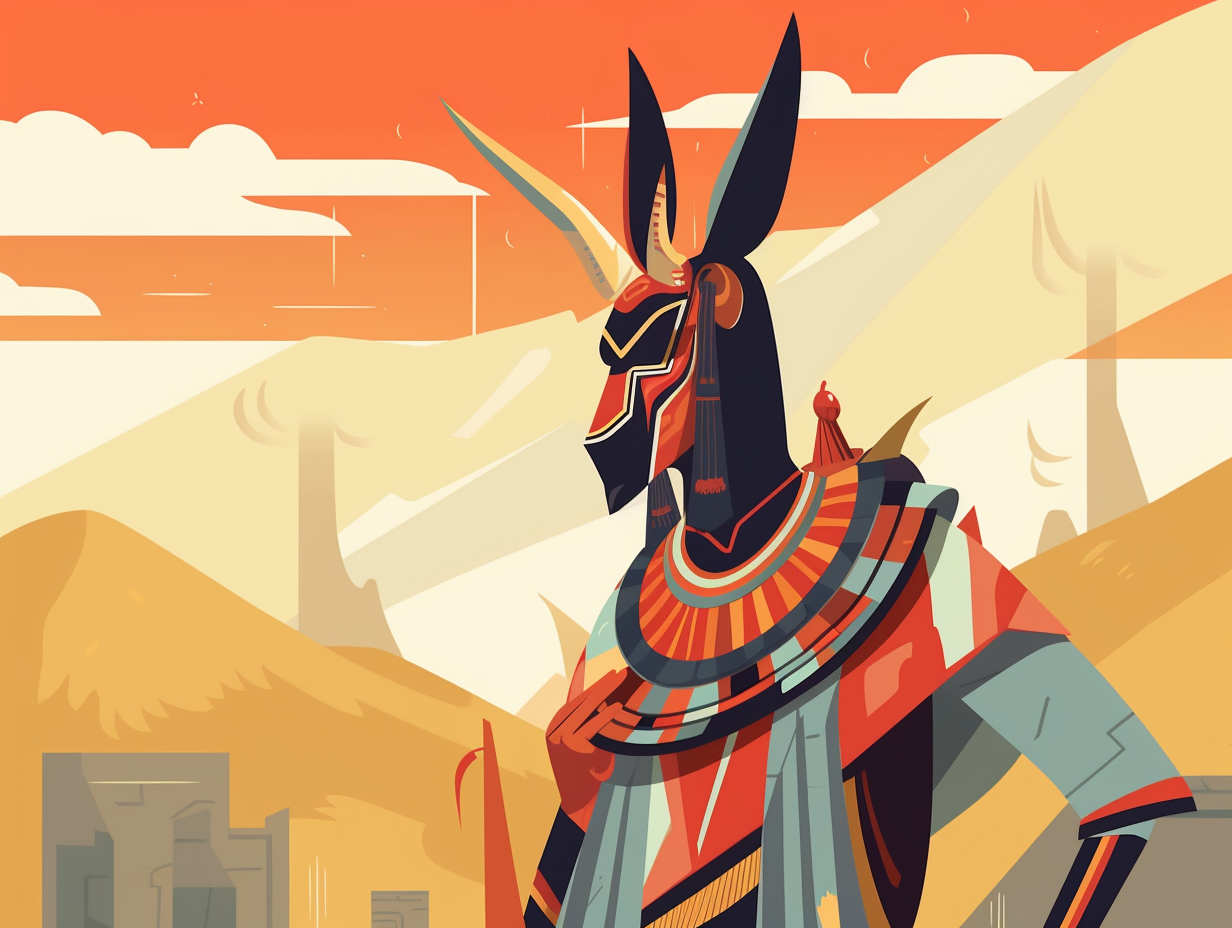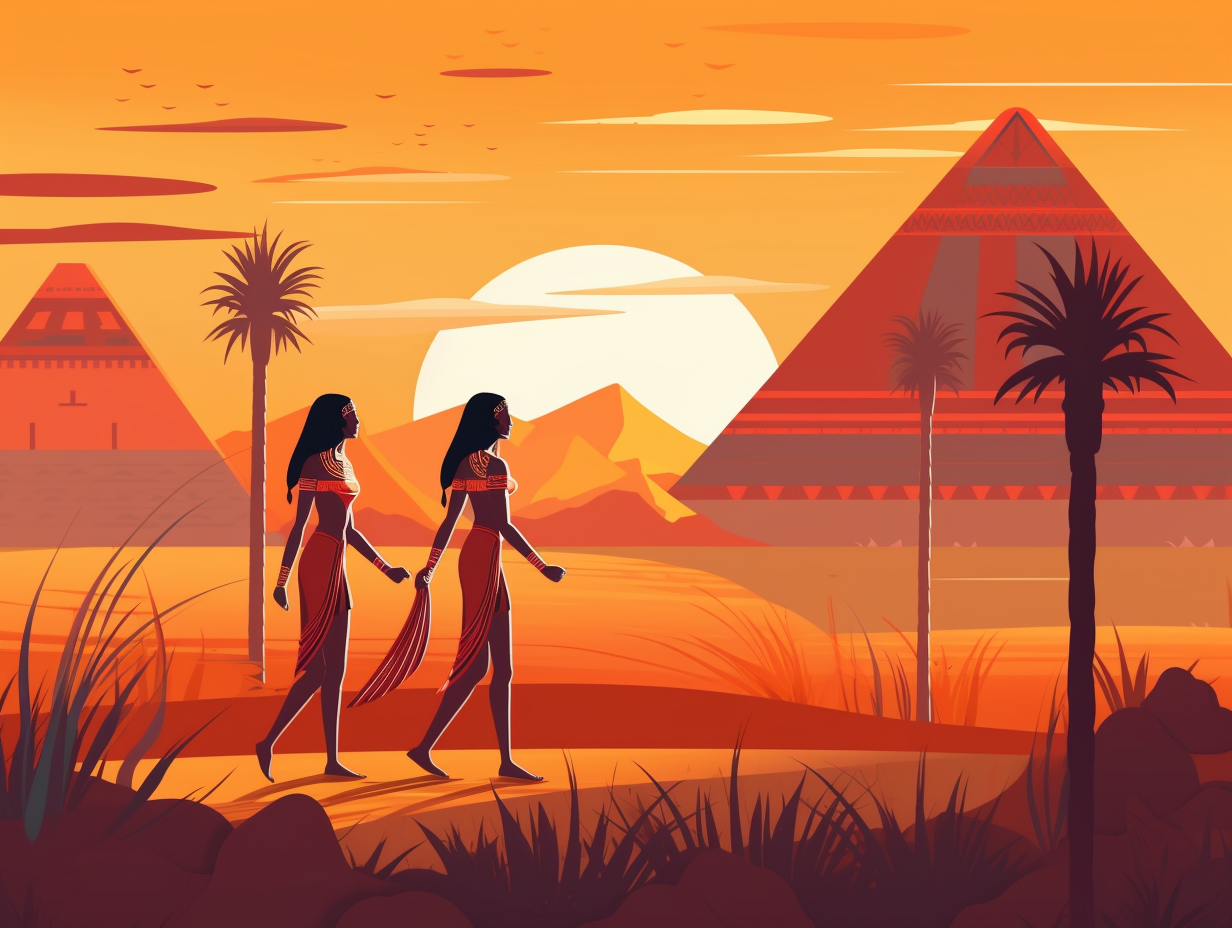Discover the Mysteries: Top 13 Fun Facts About the Mayan Calendar You Never Knew
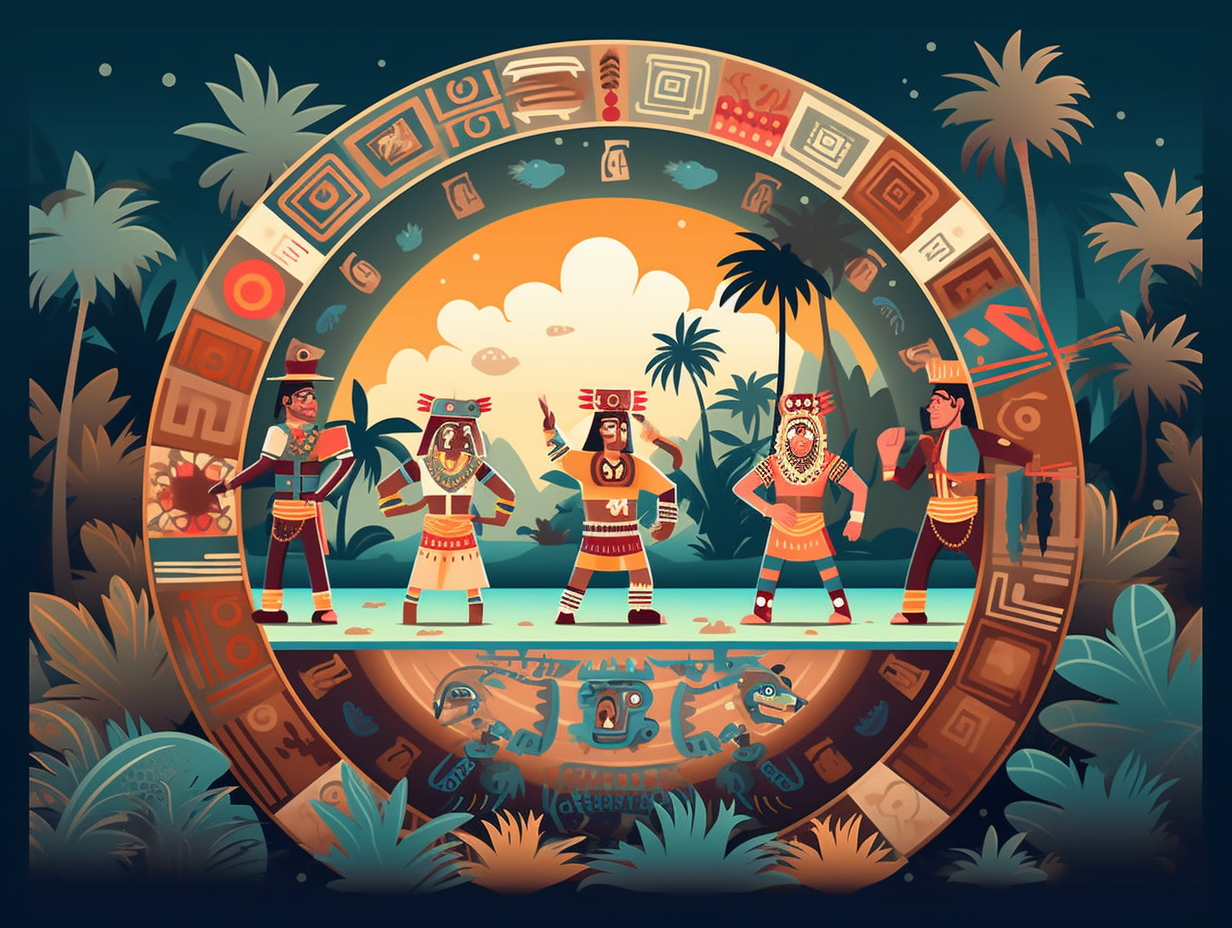
1. Mayan Calendar: Not an Apocalypse Predictor
Fear not, world-not-ender-enthusiasts: The Mayan calendar didn't actually predict an apocalyptic Hollywood-style disaster on December 21, 2012. Instead, it merely marked the grand finale of the 13th bʼakʼtun – a 5,126-year-long cycle in the Mesoamerican Long Count calendar – and signaled a shift in ancient Mayan cosmology and ceremonies. So, it's less "end of the world" and more "season finale of a millennia-long series."
Source => en.wikipedia.org
2. Resetting the Mayan Odometer
You might think that the ancient Mayans had predicted a 2012-apocalyptic blockbuster, but they were just trying to give our planet a celestial makeover: The end of the 13th cycle in their long-count calendar on December 21, 2012, didn't signify the end of the world—it was a reset to the beginning of the 14th cycle after an almost 400-year period known as the Bak'tun, akin to an odometer rolling over from 99,999.9 miles to zero and starting at one.
Source => nationalgeographic.com

Unlock the secret behind your chocolate cravings 🍫! Discover how the Aztecs considered it a divine gift, used cocoa beans as currency, and enjoyed chocolate in various forms. Find out more about their chocolate-filled legacy.
=> Fun Facts about The-Aztecs
3. Mayan Mid-Life Crisis Calendar
Talk about a Mayan mid-life crisis: The Mayan "Calendar Round" was a 52-year cycle, marking the end of an era and prompting purification rituals and offerings to the gods for a fresh start in the next one.
Source => historymuseum.ca
4. Mayans: The Original Time Travelers
Step aside, Marty McFly: the ancient Maya calendar-makers are the true time-travel heroes! With a mastery of astronomy and mathematics, the Maya created the super-accurate Haab, Tzolk'in, and Calendar Round systems as well as the mighty Long Count calendar. This bad boy tracked time over a span of 5,125.366 tropical years, ending on December 21, 2012—but worry not, apocalyptic soothsayers, this didn't signal the end of days, just a fresh cycle for living life like a Mayan boss!
Source => maya.nmai.si.edu
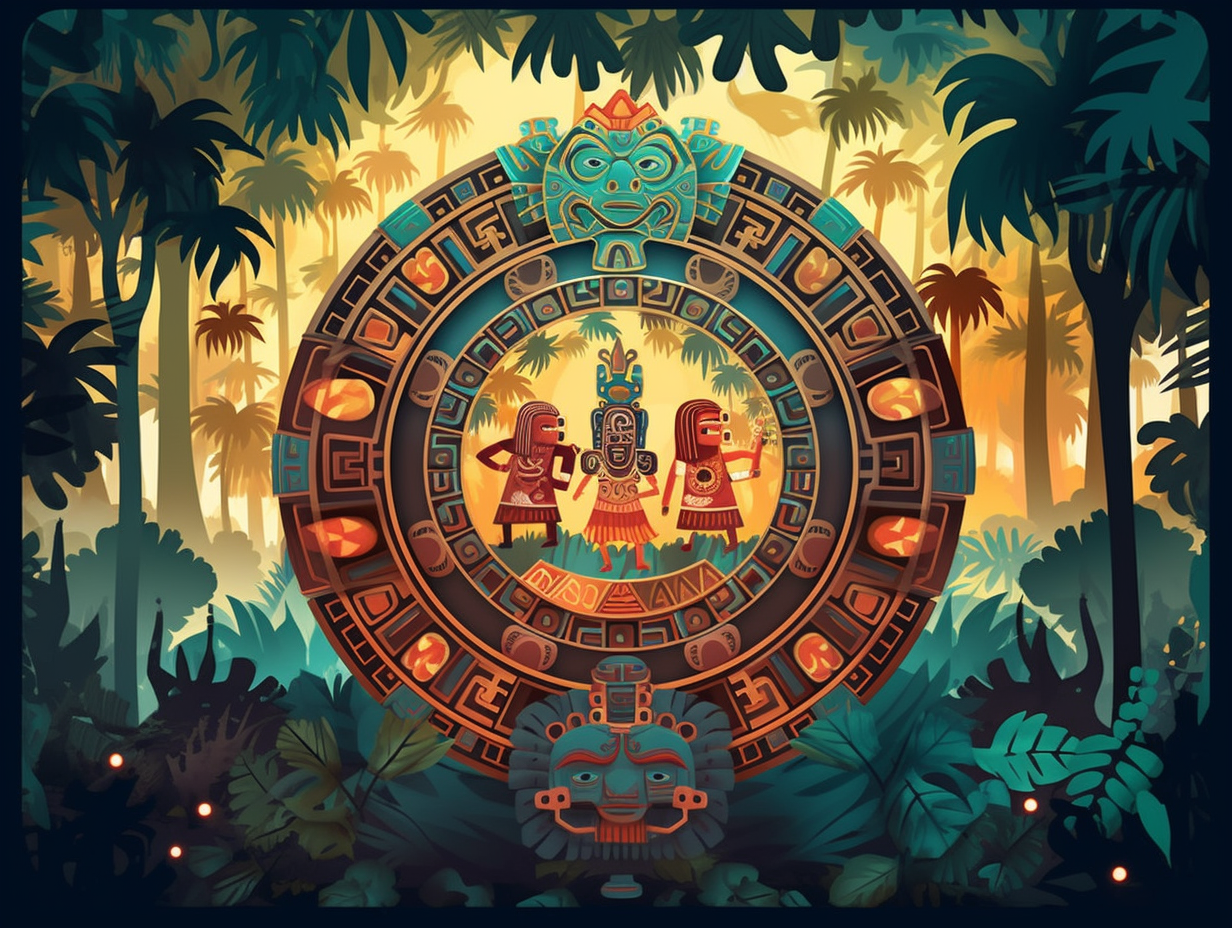
5. 260-Day Mayan Workweeks
Step aside, 9 to 5: the Mayan calendar is here to shake up your workweek with two well-crafted, meticuluous calendar systems, the Tzolk'in and the Haab. In a time when Cortez had yet to swipe right on the New World, the Mayans were already spicing things up with 260-day cycles and five-day heartbreak periods known as Wayeb: The Tzolk'in calendar boasted a cycle of 260 days made up of 20 day glyphs and 13 numbers, while the Haab followed a 365-day cycle divided into 18 months of 20 days each, plus the Wayeb. These two calendars were cleverly combined in the Calendar Round, repeating every 52 years, showing that the Mayans nailed their astronomical events and seasonal predictions long before Google Calendar was a twinkle in Silicon Valley's eye.
Source => maya.nmai.si.edu
6. Mayans: Lunar & Solar Calendar Experts
When the Mayans weren't busy predicting the end of the world, they were focused on keeping track of time in style: The Mayan calendar expertly juggled the Tzolk'in – a 260-day lunar calendar – and the Haab' – a 365-day solar calendar – to accurately account for both the moon's cycles and the sun's movements, making it a versatile and intricate masterpiece of timekeeping.
Source => cornell.edu
7. Maya Arithmetic Party
Ready for an arithmetic rave party with the ancient Maya? Here's a dance you've never seen before: The Maya calendar busts a move with interlocking cycles of sacred numbers and groovy units of 20! With fancy footwork like the 260-day Tzolk'in calendar and the 365-day Haab' solar calendar, they kept the cosmic groove going. Just watch out for the Wayeb', the five "nameless days" crashers – they brought fear and danger to the celebration. No disco nap for the Maya people on those days!
Source => ltcconline.net
8. Mayans: Ancient Cosmic Party Planners
Picture the ancient Mayans as the original party planners, working with a cosmic calendar that would make even modern Google Calendar users green with envy: The Mayan calendar, deeply intertwined with their religious beliefs, was used to schedule significant events and ceremonies rather than mundane tasks, boasting two complex intertwining calendars coinciding every 52 years, and even a longer cycle known as the Long Count, all skillfully managed by dedicated Mayan priests.
Source => historymuseum.ca
9. Mayan Calendar Beats Smartwatches
Before smartwatches and Google Calendar, there was a heart-stoppingly accurate Mayan timekeeper that would give today's tech a run for its money: The Maya calendar is known for its incredible precision, surpassing our modern calendar's accuracy by 10,000th of a day! They used two calendars, the Sacred Round (tzolkin) consisting of 260 days, and the Vague Year (haab) with 365 days. The tzolkin was like their spiritual life coach, predicting futures and auspicious dates for various events, while the haab was more of a farmer's almanac, dealing with seasons and agriculture. And just to keep things interesting, these two calendars only coincided every 52 years, making for a serious - yet punctual - party every half a century!
Source => historymuseum.ca
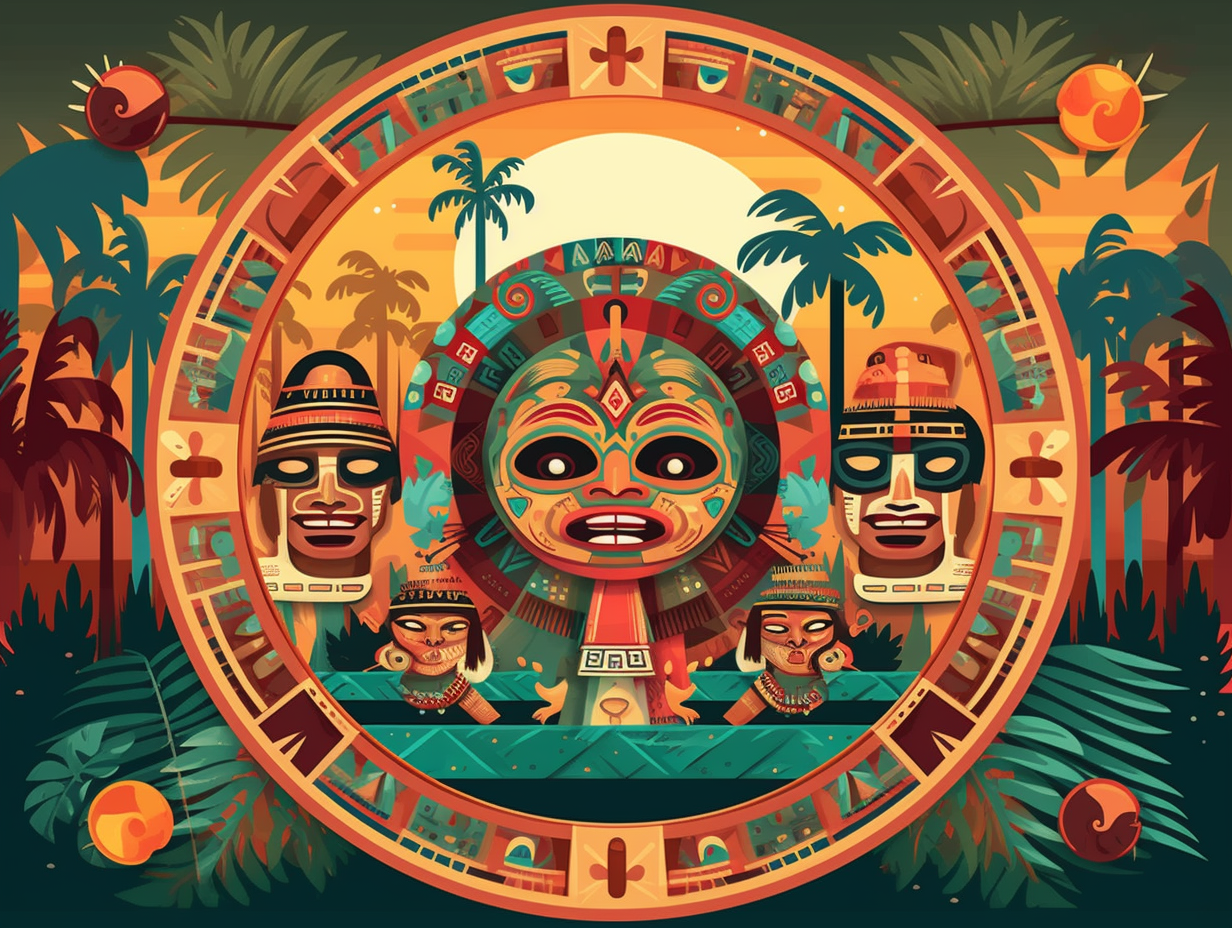
10. Mayan Priests: Ancient Horoscope Gurus
If you think horoscopes are a hoot, you'll love the Mayan priests' approach to calendar-induced fortune-telling: while they used their calendars for divination, marking crucial dates, and predicting celestial events like eclipses, there's no evidence that these ancient astrologers made prophetic predictions about the future.
Source => cdn.preterhuman.net
11. Mayan Calendar: Dating since 3114 BCE
In a "never-miss-a-date" kind of way, the Mayan calendar started counting days way before Tinder made swiping right a thing: The Long Count calendar, part of the Mayan calendar system, kicked off on August 11, 3114 BCE, marking the creation of human beings in their mythology, though they didn't actually invent the calendar. The cycle ends on December 21, 2012, resetting the count to 0.0.0.0.0 and closing the 13th baktun.
Source => aaas.org
12. Mayans: Celestial Reality Show Stars
Forget keeping up with the Kardashians, the Maya had three endless calendars to keep track of: The Long Count, Tzolk'in, and Haab were like celestial reality shows, each with its own dramatic twist of tracking time! And funnily enough, they put our modern planners to shame: These Maya timekeepers boast their own unique glyphs and names, accurately understanding the cyclical nature of the universe with a flair that even Kim K would envy.
Source => ctsciencecenter.org
13. Mayan Calendar: No Case of the Mondays
Whoever said the Mayans had a case of the Mondays clearly missed the mark! It turns out they didn't even have a seven-day week to dread: The Mayans actually followed a 20-day cycle called the Tzolkin for ritual and divination purposes, with each day represented by a number and a day name, and no concept of weeks. On the sunnier side of things, they had a 365-day cycle called the Haab, used for tracking the solar year, complete with 18 months of 20 days each, plus a five-day period known as the Uayeb for good measure.
Source => mayanpeninsula.com
Related Fun Facts



